Trends and megatrends are influenced by metatrends. In this context, metatrends refer to drivers of change that emerge from several different developments, span various themes, are often only just starting to take shape and influence trends and megatrends. In other words, a metatrend is a change that changes change. Metatrends can help us better understand the big picture and the changes therein.
At the present time, we can see the emergence of three metatrends in particular: the transition to the post-normal age; an emphasis on the significance of emotions; and the tension between connectedness and interdependence and individualism and isolation. These metatrends concern the digitised society, population changes and the ecological sustainability crisis as well as the period of transformation that emerges from these factors. We face a transition to a different kind of society and environment, but the details of that transition are, as yet, undetermined.
The post-normal age
People perceive the world as increasingly complex, but also more contradictory and even chaotic. It is precisely this contradictory nature and the challenging of old models of thinking that the post-normal age is about. It is a situation in which surprises, discontinuity and tensions become increasingly common and the concept of normal dissolves to the point of uselessness. What is normal on the internet? How likely would the current global political situation have been considered 10 years ago?
A key tension in the post-normal age is the tension between the desire for simplicity and the acceptance of complexity. There is a growing desire to find simple explanations in a world characterised by noise, surprises and confusion. Nevertheless, these simple explanations do not go very far. That is why, in the post-normal age, there is an emphasis on the acceptance of complexity and understanding how things work together. There is a need to recognise the relationships between things and see the big picture, and a need to understand contexts, determine the background behind issues and narrative approaches, and to understand interrelationships and the magnitude of change.
Emotions at play
The post-normal age has a tendency to stimulate strong emotions. The magnitude of changes and the uncertainty they bring can create anxiety, while conflicts lead to anger and fear. The significance of emotions and understanding them increases, but they are often not carefully considered in models of thinking about human action. Often, the underlying assumption continues to be based on the “rational human” who, after acquiring adequate information, calmly makes sensible decisions.
There are also increasingly targeted methods for influencing emotions. Paired with advanced algorithms, the large amount of data accumulated on people and their behaviour enables increasingly effective and personalised emotional appeals. This tends to lead to more intense polarisation around issues. Extreme ideas that provoke strong emotions emerge more strongly, leading to “either/or” thinking that emphasises the extremes. This is problematic in an era when it would be important to see shades of grey and foster “both/and” thinking, both analytically and at the level of emotions.
Together separately
We live in an increasingly connected world, not only at the level of information networks but also with respect to the economy and human mobility, for example. There is even talk about hyper-connectivity, which means everything is constantly connected to everything else: people are connected to each other, things talk to each other and data flows continuously around the world. Nevertheless, as the number of connections has increased, the quality of connections has declined. Likes on social media become goals and measures of one’s self-worth. The sense of loneliness increases, even when hundreds of people classified as friends are only a click away.
At the same time, the amount and availability of information has grown. It has not, however, led to greater understanding. Instead, it has led to the outsourcing of information and knowing. People feel as if they know about things that they know there is knowledge about, even if they have never bothered to look into it themselves. Reading news headlines is considered to be enough to engage in discussion. Information has become perspectivised and emphasis has been put on its interpretation. Everyone has access to the same pool of information, but they pick and choose content that fits their personal views.
The post-normal age, the emphasis on emotions and isolation in a connected world create a growing need for pluralism, dialogue and the enabling of engagement and participation. There is a need for broader engagement in decision-making and discussions about the future. Tensions that run contrary to this arise from the trend of power being concentrated in the hands of a few and the emergence of new isolating structures following the adoption of technology. The question is, how can we create a sustainable and fair – or otherwise better – future together?
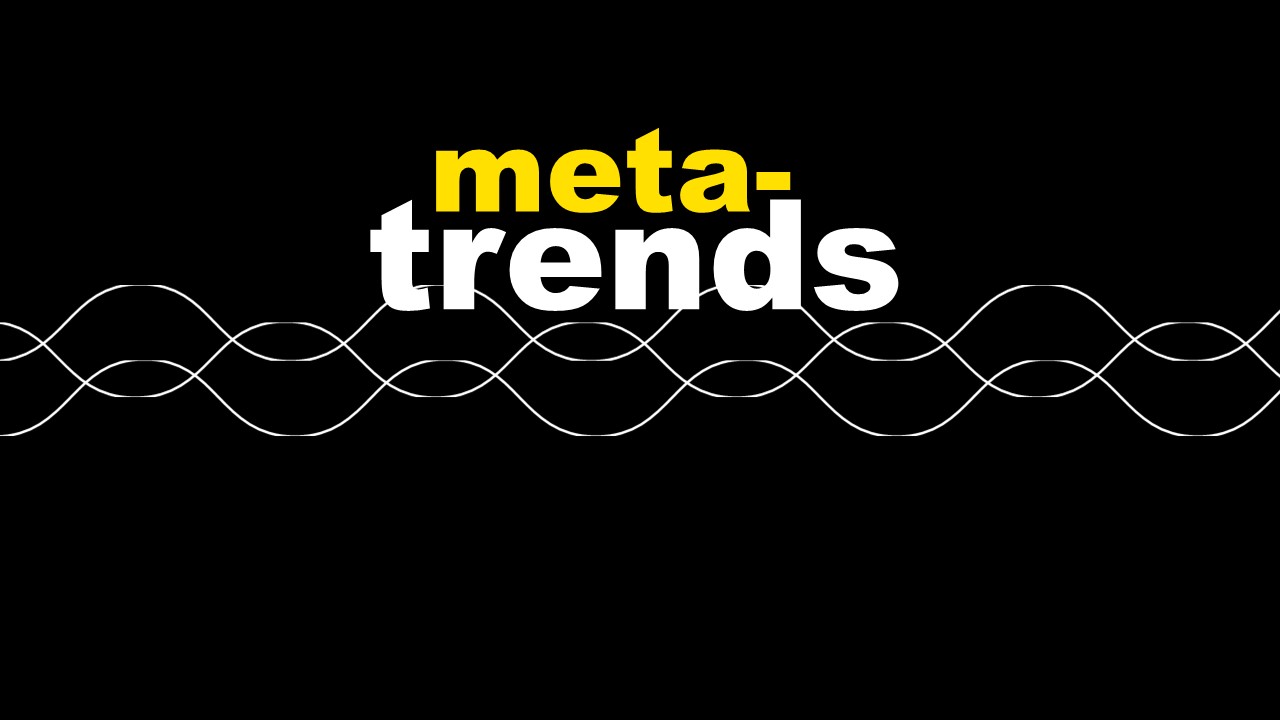






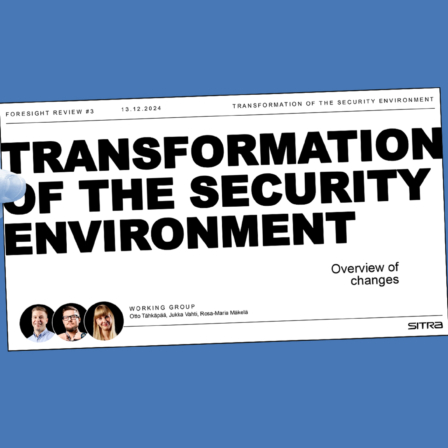
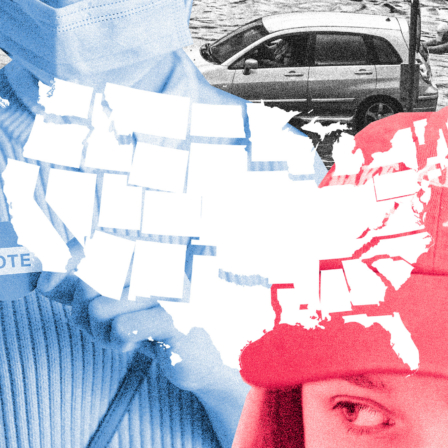


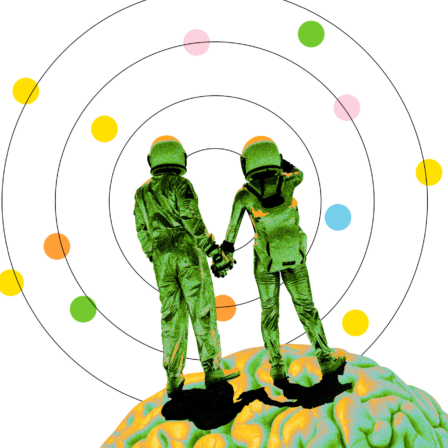



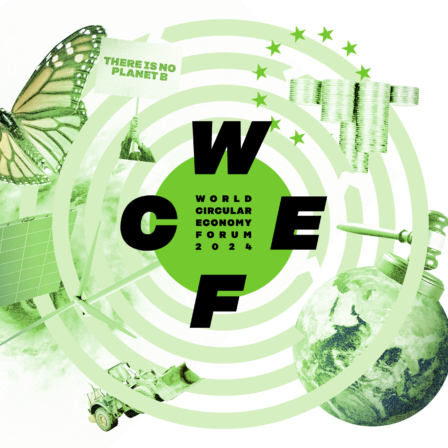
Recommended
Have some more.